Ceramic pans have surged in popularity in recent years, and for good reason. With people becoming more health-conscious and environmentally aware, ceramic cookware stands out as a top choice for those seeking safer, greener, and more reliable options in the kitchen. If you’ve ever wondered what makes ceramic pans different or how to unlock their maximum potential, you’re not alone. Many home cooks have questions about how to use a ceramic pan, how to care for its specialized coating, and whether it truly offers the benefits that manufacturers claim.
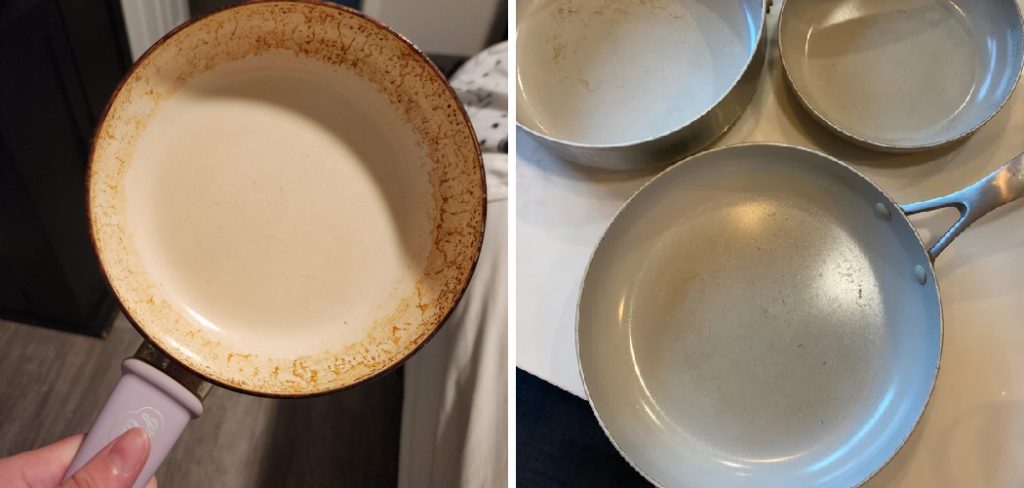
This comprehensive guide is designed to give you practical, step-by-step advice on how to use a ceramic pan effectively. Whether you’ve just unboxed your first ceramic frying pan or are looking for expert tips to keep your pan performing like new, you’ll find clear answers here. We’ll discuss how ceramic pans compare to other cookware, the unique benefits they offer, best practices for everyday cooking, and essential maintenance techniques. By the end of this article, you’ll be equipped to get the most out of your ceramic cookware, keep it in optimal condition, and enjoy healthier, hassle-free meals every time you step into the kitchen.
What is a Ceramic Pan?
Ceramic pans are a type of nonstick cookware that have gained strong momentum among health-focused and eco-conscious cooks. But what exactly makes them unique?
Understanding Ceramic Coating
Unlike traditional pans coated with Teflon or other synthetic materials, ceramic pans feature a nonstick surface derived from natural minerals. Often, the coating is made from silica-based gel produced by heating sand at very high temperatures—a process known as sol-gel.
This results in a slick, glass-like surface that resists sticking without the need for chemical additives. The ceramic coating is free from the synthetic compounds commonly found in older nonstick cookware, such as PFOA and PTFE, making it a safer option for families and anyone wanting to reduce exposure to potentially harmful chemicals.
How Ceramic Pans Compare to Other Cookware
When compared to stainless steel or aluminum cookware, ceramic pans offer several distinctive advantages. Stainless steel pans are durable and great for high-heat searing, but they often require more oil and effort to prevent food from sticking.
Teflon-coated pans promise easy food release but may degrade over time, releasing toxic fumes if overheated. Ceramic pans, on the other hand, combine a nonstick experience with a more natural coating—giving you the best of both worlds. However, it’s important to note that while ceramic pans are easy to use and safe, they demand a bit more attention in terms of temperature control and utensil choice to preserve their nonstick properties.
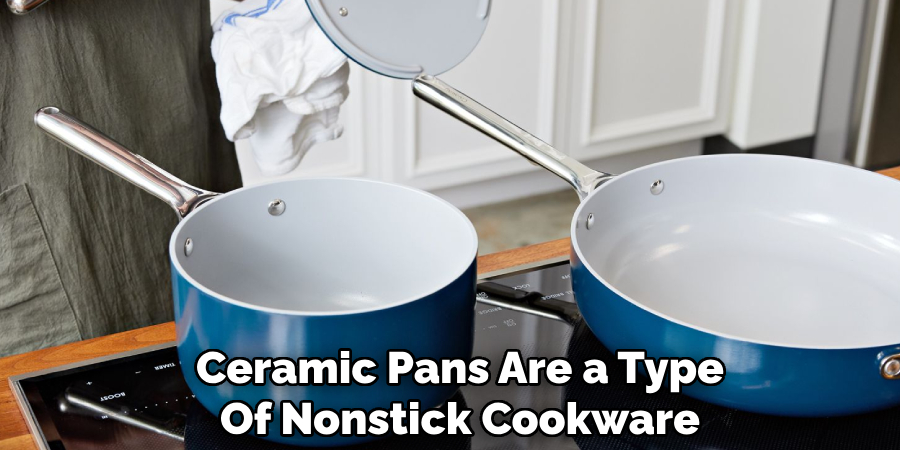
Benefits of Cooking with Ceramic Pans
Cooking with ceramic pans is more than just a trend—it’s a smart, health-focused decision. Let’s look more closely at why so many home cooks and chefs are making the switch.
Nonstick and Easy to Clean
One of the biggest selling points for ceramic pans is the effortless release of food. Eggs, pancakes, and other notoriously sticky foods slide right off, minimizing the time you spend cleaning up. Because food particles are less likely to adhere, you can often wipe the pan clean with a soft sponge and a little soapy water, avoiding the elbow grease required by some other cookware types.
Health Benefits
Ceramic pans are celebrated for being free of PTFE, PFOA, lead, and cadmium—chemicals that can pose health risks if ingested or inhaled. Cooking on a ceramic surface means you don’t have to worry about toxic fumes at higher temperatures or chemical migration into your meals. This is especially reassuring for families with young children or anyone seeking added peace of mind regarding food safety.
Eco-Friendly Features
Sustainability is a growing consideration for today’s consumers. Many ceramic cookware brands prioritize green manufacturing processes with reduced emissions and eco-friendly packaging. The natural materials in the coating further minimize environmental impact, making ceramic pans a preferable choice for eco-conscious kitchens.
Preparing Your Ceramic Pan for First Use
A little preparation goes a long way toward getting the most out of your new ceramic pan. Here’s how to get started on the right foot.
Unboxing and Cleaning
When you first open your ceramic pan, resist the temptation to use it right away. First, wash it thoroughly with warm, soapy water and a soft sponge to remove any packaging dust or manufacturing residues. Rinse it well, then dry it completely with a lint-free towel. This initial cleaning is critical for both hygiene and optimal performance.
Seasoning Your Ceramic Pan
Unlike cast iron or traditional carbon steel pans, most ceramic pans do not require seasoning. That said, some brands recommend lightly coating the surface with a teaspoon of cooking oil before the first use to optimize nonstick performance.
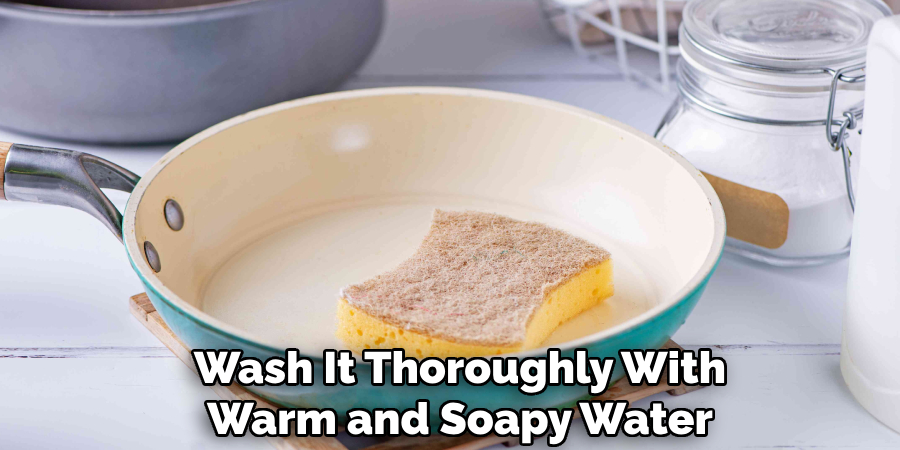
If this is suggested by the manufacturer, simply heat the pan gently on low for a couple of minutes with a thin layer of oil, then wipe off any excess with a clean towel once the pan cools. This process can help “seal” the surface and enhance its slickness, but always consult your manufacturer’s guidelines for the best results.
How to Use a Ceramic Pan: Best Practices for Everyday Use
To enjoy the long life and benefits of your ceramic pan, it’s essential to follow proper cooking techniques every time you use it.
Suitable Heat Settings
Ceramic pans perform best at medium to low heat. Unlike some metal cookware, ceramic coatings can degrade if exposed to high temperatures for extended periods. Start by preheating the pan over low to medium heat, giving it a minute or two to warm up evenly before adding food.
Cooking at aggressive temperatures isn’t usually necessary; in fact, the nonstick surface allows for effective cooking without the risk of burning or sticking, so you’ll achieve better results and extend your pan’s lifespan by keeping the heat in check.
Proper Utensils to Use
The surface of your ceramic pan is both robust and delicate. To avoid accidental scratches or gouges, always use utensils made from silicone, wood, or plastic. Metal spatulas or tongs can scrape away the coating, leading to premature wear and sticking. Silicone tools are especially popular, as they’re heat-resistant, easy to clean, and gentle on the pan’s surface.
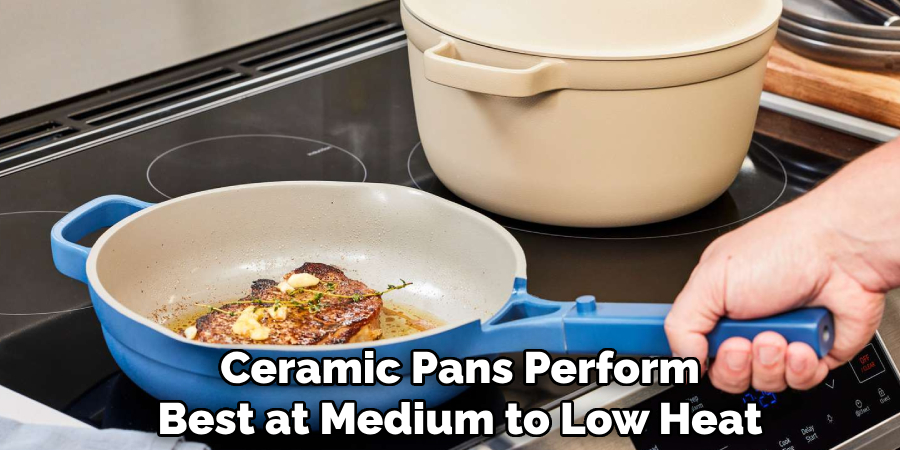
Oil or No Oil?
While many ceramic pans allow you to cook with little or no added fat, a small amount of oil or butter still helps boost performance and flavor. For most recipes, a teaspoon or two of oil is more than enough to promote browning and keep food moving freely.
Avoid using aerosol cooking sprays, as they can leave behind a residue that is tough to clean and may affect the nonstick layer. If dietary restrictions require oil-free cooking, consider adding a splash of water or broth for moisture, but monitor closely to ensure nothing scorches or sticks.
Cooking Techniques for Ceramic Pans
Ceramic pans are versatile workhorses in the modern kitchen, suited for a variety of cooking styles and favorite meals.
Searing and Browning
If you’re aiming to achieve that perfect sear on a piece of protein or nice caramelization on veggies, preheat your ceramic pan gradually on medium heat. When adding food, ensure it’s dry to avoid splattering. Thanks to the efficient heat distribution of ceramic, food browns evenly without sticking—just be careful not to crank up the heat too much, as this can damage the coating and lead to stubborn stains or warping.
Cooking Starchy or Sticky Foods
Eggs, pancakes, and stir-fried rice can be tricky in some pans. With ceramic cookware, these foods release easily if the pan is properly preheated and lightly greased. For best results, add a small amount of oil after the pan is warmed, then pour in the batter or drop the eggs into the center. Don’t rush flipping—let the food cook until a natural release occurs, which indicates the nonstick surface is working as intended.
Versatility in the Kitchen
Ceramic pans aren’t just for frying or scrambling—they can often go from stove to oven (check your manufacturer’s oven-safe temperature limit first), making them suitable for dishes that start with a sear and finish with gentle baking. Try using your ceramic pan for sautéing vegetables, simmering sauces, or even baking frittatas. The gentle, even heat is ideal for delicate tasks as well as robust, one-pan meals, adding a level of flexibility and convenience to your culinary routine.
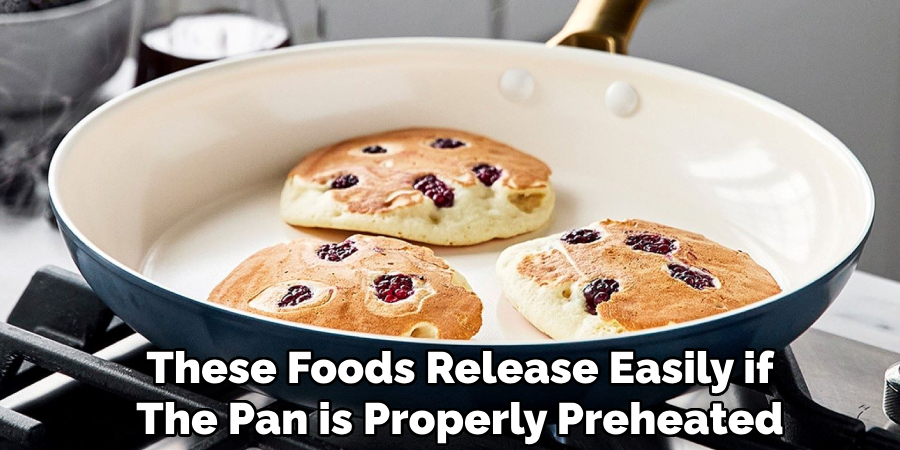
Cleaning and Maintaining Ceramic Pans
Careful cleaning and proper storage will keep your ceramic pan’s surface slick and efficient for years to come.
Cleaning After Each Use
After each cooking session, allow the pan to cool before washing. Rinsing a hot pan in cold water may cause thermal shock and could warp the pan or weaken the coating. Use a soft sponge or cloth with warm, soapy water—absolutely avoid steel wool, abrasive cleaners, or scouring pads. For stubborn bits, soak the pan in warm water for 10–15 minutes, then clean as usual. Never use harsh detergents that might erode the nonstick layer.
Long-Term Care Tips
Although many ceramic pans are labeled as dishwasher-safe, frequent dishwasher use can degrade the nonstick surface over time. Hand washing is gentler, preserves the coating, and prolongs the pan’s usable life. Once clean, dry the pan thoroughly to prevent water spots or residue buildup. Store your ceramic pan either hanging or with a protective layer (like a soft towel) between stacked pans to avoid scratching from contact with other cookware.
Common Mistakes to Avoid
Even the best ceramic pans can fail prematurely if not cared for properly. Overheating is a major culprit, leading to discoloration or a loss of nonstick performance. Similarly, using metal utensils or cutting food inside the pan can permanently scar the surface.
Cooking without adequate lubrication, even with nonstick cookware, can result in food residue that’s hard to remove. If you make a mistake, clean the pan gently and try “refreshing” the coating by rubbing a light layer of oil on the surface before the next use—it may restore some of its slickness.
Pros and Cons of Using Ceramic Pans
Pros: Ceramic pans are free from potentially harmful chemicals, offer easy food release and cleanup, and are generally lightweight and stylish. The coating makes cooking simpler, especially for low-fat or oil-free meals.
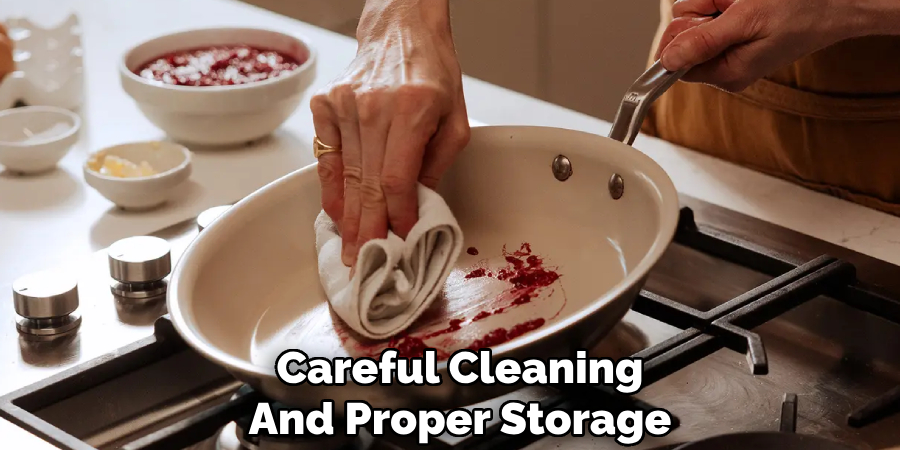
Cons: The nonstick layer doesn’t last as long as traditional Teflon, especially if the pan is overheated or handled roughly. Ceramic coatings are more fragile and must be treated with care; otherwise, staining, discoloration, and a loss of smoothness may occur.
Conclusion
Proper use and care are essential to getting the best performance and longevity from your ceramic pan. By understanding how to use a ceramic pan—selecting the right utensils, cooking at appropriate temperatures, and maintaining a gentle cleaning routine—you’ll extend the life of your cookware and make meal preparation more enjoyable.
Remember, ceramic pans offer an effective, chemical-free alternative to conventional nonstick pans. Give the tips in this guide a try next time you cook a favorite dish, and consider exploring other ceramic cookware care resources for even more inspiration. Your meals—and your pan—will thank you!
Specialization:
- Master of wheel-throwing, hand-building, and advanced glazing techniques
- Focus on creating both functional pottery and decorative art pieces
Recognition:
- Celebrated by collectors and art enthusiasts for creating one-of-a-kind pieces that blend artistry with functionality
- Participates in local and national exhibitions, earning accolades for his innovative designs and craftsmanship
Passion:
- Deeply committed to exploring and pushing the boundaries of ceramic artistry
- Continuously experiments with new materials, firing techniques, and artistic concepts to evolve his craft
Personal Philosophy:
- Believes in the transformative power of art, aiming to evoke emotions and connections through his ceramic creations
- Advocates for sustainability in ceramics, using eco-friendly materials and practices whenever possible


